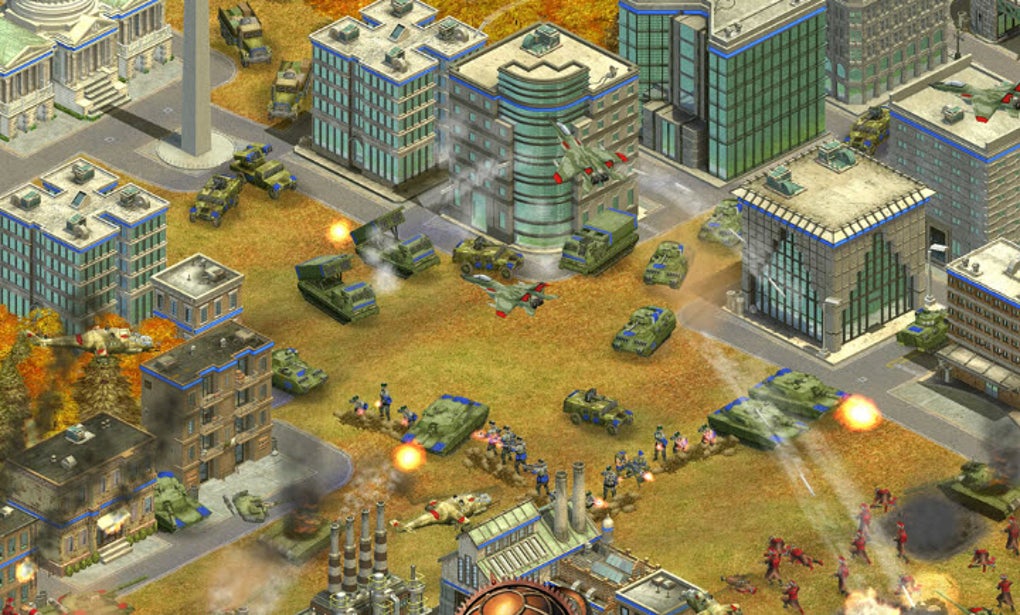

The optical backbone of the NSFNET was decommissioned in 1995, removing the last restrictions on the use of the Internet to carry commercial traffic, as traffic transitioned to optical networks managed by Sprint, MCI and AT&T. Limited private connections to parts of the Internet by officially commercial entities emerged in several American cities by late 19.

Commercial Internet service providers (ISPs) emerged in 1989 in the United States and Australia. International connections to NSFNET, the emergence of architecture such as the Domain Name System, and the adoption of TCP/IP internationally on existing networks marked the beginnings of the Internet. In the early 1980s, the National Science Foundation (NSF) funded national supercomputing centers at several universities in the United States, and provided interconnectivity in 1986 with the NSFNET project, thus creating network access to these supercomputer sites for research and academic organizations in the United States. The design included concepts from the French CYCLADES project directed by Louis Pouzin. Bob Kahn, at ARPA, and Vint Cerf, at Stanford University, published research in 1974 that evolved into the Transmission Control Protocol (TCP) and Internet Protocol (IP), the two protocols of the Internet protocol suite. ARPA projects and international working groups led to the development of protocols for internetworking, in which multiple separate networks could be joined into a network of networks, which produced various standards. Several early packet-switched networks emerged in the 1970s which researched and provided data networking. The network was built by Bolt, Beranek, and Newman. ARPANET adopted the packet switching technology proposed by Davies and Baran, underpinned by mathematical work in the early 1970s by Leonard Kleinrock at UCLA. Department of Defense awarded contracts in 1969 for the development of the ARPANET project, directed by Robert Taylor and managed by Lawrence Roberts. The Advanced Research Projects Agency (ARPA) of the U.S.

Independently, Paul Baran proposed a distributed network based on data in message blocks in the early 1960s and Donald Davies conceived of packet switching in 1965 at the National Physical Laboratory (NPL) and proposed a national commercial data network in the UK. Ĭomputer science was an emerging discipline in the late 1950s that began to consider time-sharing between computer users, and later, the possibility of achieving this over wide area networks. This was one of the three key developments, along with advances in transistor technology (specifically MOS transistors) and laser technology, that made possible the rapid growth of telecommunication bandwidth over the next half-century. Information theory, as enunciated by Claude Shannon in the 1940s, provided a firm theoretical underpinning to understand the tradeoffs between signal-to-noise ratios, bandwidth and error-free transmission in the presence of noise in telecommunications technology. įundamental theoretical work on information theory was developed by Harry Nyquist and Ralph Hartley in the 1920s. The history of the Internet has its origin in information theory and the efforts to build and interconnect computer networks that arose from research and development in the United States and involved international collaboration, particularly with researchers in the United Kingdom and France.


 0 kommentar(er)
0 kommentar(er)
